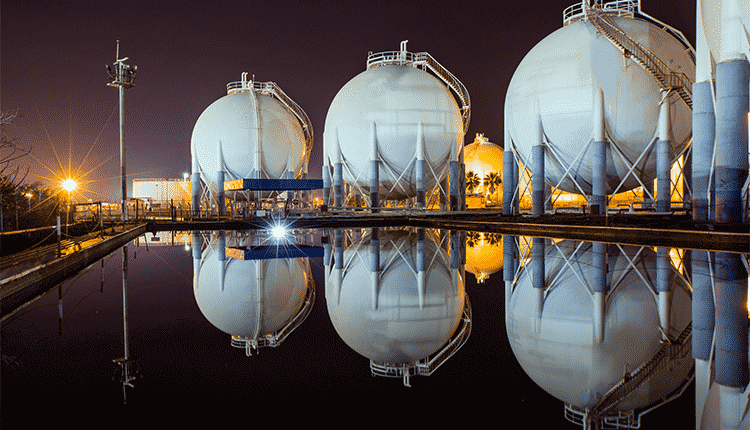
Cut EU Dependency on Russian Gas
The European Commission’s plan to reduce reliance on Russian gas this year will be challenging. It could spark a competitive and costly rush for fuel when energy prices are already causing economic pain.
Last week, the European Union’s executive published a plan to reduce the EU’s reliance on Russian gas by two-thirds this year; moreover, it will eliminate all Russian fossil fuel imports well before 2030. According to the Commission’s initial plan, the EU could replace 102 billion cubic meters of the total 155 billion cubic meters of Russian gas each year by the end of this year.
Most of the savings would be realized by importing more liquefied natural gas (LNG) and gas from alternative pipeline suppliers.
Faster deployment of renewable energy, which the EU intends to expand to reduce carbon emissions and encourage consumers to save energy, would further reduce demand. According to the International Energy Agency, Europe could reduce Russian gas imports by 50 billion cubic meters this year; alternatively, it will be slightly more than 80 billion cubic meters if countries switched from gas to burning more high-emitting oil and coal. According to Jefferies analysts, the EU could replace around 65 billion cubic meters of Russian gas imports. EU member countries will be unable to replenish gas in storage while reducing Russian imports this year.
The Commission will propose rules requiring EU countries to fill gas storage 90 percent by October 1 of each year by April. The EU storage, replenished during the summer when demand and prices are typically lower, is 26% full.
Dash for Gas
According to the Commission, around 10 billion cubic meters of gas imports could come from alternative pipeline suppliers; LNG will account for 50 billion cubic meters. It equates to roughly 10% of the annual global LNG supply.
This volume will be difficult to obtain: 50 billion cubic meters would be a significant additional draw on an already constrained global LNG market.
The global gas market has been tight for the past year, causing prices to reach new highs.
High European prices have attracted supply from elsewhere. For three months in a row, US exporters have shipped record volumes of LNG to Europe at prices at least ten times higher than a year ago. Breaching long-term contracts for Russian gas pipelines would necessitate replacing those volumes with higher-priced spot purchases. Since late last year, EU energy bills have skyrocketed; it forced industrial firms to cut production and many governments to subsidize fuel prices.
The overall cost of the EU plan is challenging to estimate; however, analysts believe it will be in the hundreds of billions of euros. So far this year, the cost of EU gas imports from Russia has ranged between 200 and 800 million euros per day.
According to the Commission, wind and solar capacity could replace 20 billion cubic meters of Russian gas in 2022 and 170 billion cubic meters; this translates into 480 gigatonnes (GW) of wind and 420 GW of solar – by 2030. In 2021, the EU had 189 GW of wind installed.


